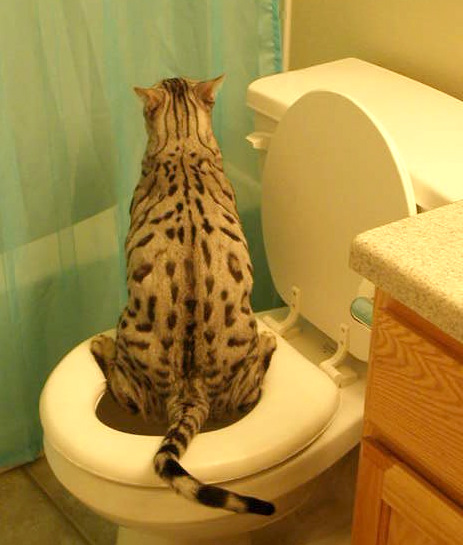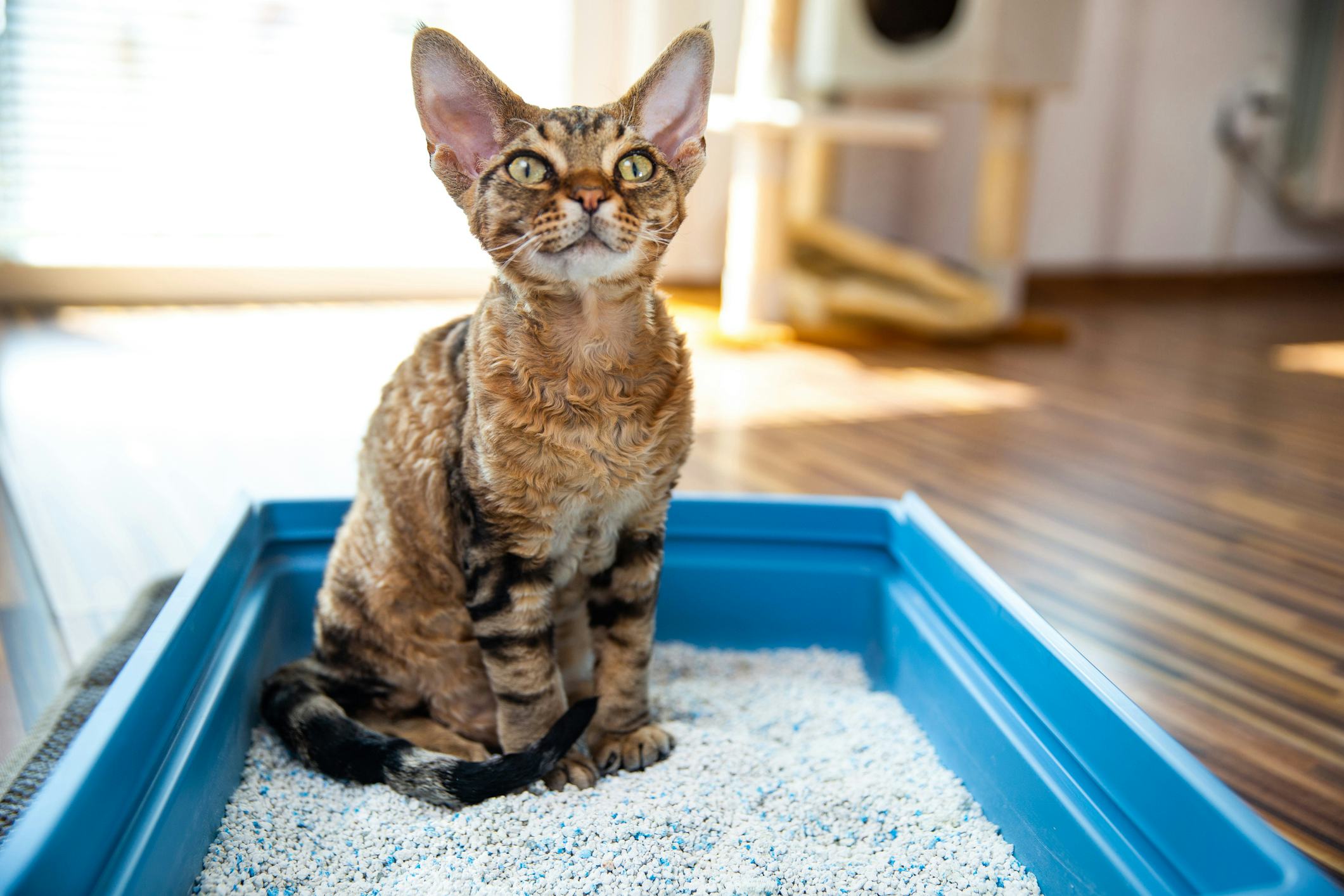Reasons Flushing Cat Poop Down Your Toilet Isn't a Good Idea - Advice for Proper Handling
Reasons Flushing Cat Poop Down Your Toilet Isn't a Good Idea - Advice for Proper Handling
Blog Article
The author is making a number of good pointers relating to How to Dispose of Cat Poop and Litter Without Plastic Bags in general in this article directly below.

Introduction
As pet cat owners, it's vital to be mindful of exactly how we deal with our feline close friends' waste. While it might appear hassle-free to purge pet cat poop down the bathroom, this method can have destructive consequences for both the atmosphere and human health and wellness.
Alternatives to Flushing
Luckily, there are more secure and much more responsible methods to throw away pet cat poop. Consider the complying with options:
1. Scoop and Dispose in Trash
The most typical method of taking care of pet cat poop is to scoop it right into a biodegradable bag and throw it in the trash. Make sure to use a dedicated clutter inside story and take care of the waste immediately.
2. Usage Biodegradable Litter
Choose eco-friendly pet cat litter made from materials such as corn or wheat. These clutters are environmentally friendly and can be safely thrown away in the trash.
3. Hide in the Yard
If you have a backyard, think about burying pet cat waste in a designated area away from vegetable gardens and water sources. Be sure to dig deep enough to stop contamination of groundwater.
4. Install a Pet Waste Disposal System
Buy an animal waste disposal system especially made for pet cat waste. These systems make use of enzymes to break down the waste, lowering odor and ecological influence.
Health and wellness Risks
Along with ecological worries, purging cat waste can likewise pose health and wellness dangers to people. Pet cat feces may contain Toxoplasma gondii, a parasite that can create toxoplasmosis-- a possibly severe illness, especially for expecting ladies and people with damaged body immune systems.
Ecological Impact
Purging cat poop presents unsafe microorganisms and parasites right into the supply of water, posturing a substantial threat to aquatic environments. These pollutants can adversely impact marine life and compromise water top quality.
Verdict
Responsible family pet ownership prolongs beyond supplying food and sanctuary-- it additionally involves correct waste administration. By avoiding flushing feline poop down the bathroom and selecting alternative disposal approaches, we can minimize our ecological footprint and safeguard human health.
Why Can’t I Flush Cat Poop?
It Spreads a Parasite
Cats are frequently infected with a parasite called toxoplasma gondii. The parasite causes an infection called toxoplasmosis. It is usually harmless to cats. The parasite only uses cat poop as a host for its eggs. Otherwise, the cat’s immune system usually keeps the infection at low enough levels to maintain its own health. But it does not stop the develop of eggs. These eggs are tiny and surprisingly tough. They may survive for a year before they begin to grow. But that’s the problem.
Our wastewater system is not designed to deal with toxoplasmosis eggs. Instead, most eggs will flush from your toilet into sewers and wastewater management plants. After the sewage is treated for many other harmful things in it, it is typically released into local rivers, lakes, or oceans. Here, the toxoplasmosis eggs can find new hosts, including starfish, crabs, otters, and many other wildlife. For many, this is a significant risk to their health. Toxoplasmosis can also end up infecting water sources that are important for agriculture, which means our deer, pigs, and sheep can get infected too.
Is There Risk to Humans?
There can be a risk to human life from flushing cat poop down the toilet. If you do so, the parasites from your cat’s poop can end up in shellfish, game animals, or livestock. If this meat is then served raw or undercooked, the people who eat it can get sick.
In fact, according to the CDC, 40 million people in the United States are infected with toxoplasma gondii. They get it from exposure to infected seafood, or from some kind of cat poop contamination, like drinking from a stream that is contaminated or touching anything that has come into contact with cat poop. That includes just cleaning a cat litter box.
Most people who get infected with these parasites will not develop any symptoms. However, for pregnant women or for those with compromised immune systems, the parasite can cause severe health problems.
How to Handle Cat Poop
The best way to handle cat poop is actually to clean the box more often. The eggs that the parasite sheds will not become active until one to five days after the cat poops. That means that if you clean daily, you’re much less likely to come into direct contact with infectious eggs.
That said, always dispose of cat poop in the garbage and not down the toilet. Wash your hands before and after you clean the litter box, and bring the bag of poop right outside to your garbage bins.
https://trenchlesssolutionsusa.com/why-cant-i-flush-cat-poop/

As an enthusiastic person who reads about Don’t flush cat feces down the toilet, I think sharing that excerpt was really helpful. Are you aware of anybody else who is sincerely interested in the niche? Feel free to promote it. Thanks a lot for your time. Don't hesitate to pay a visit to our site back soon.
Visit Site Report this page